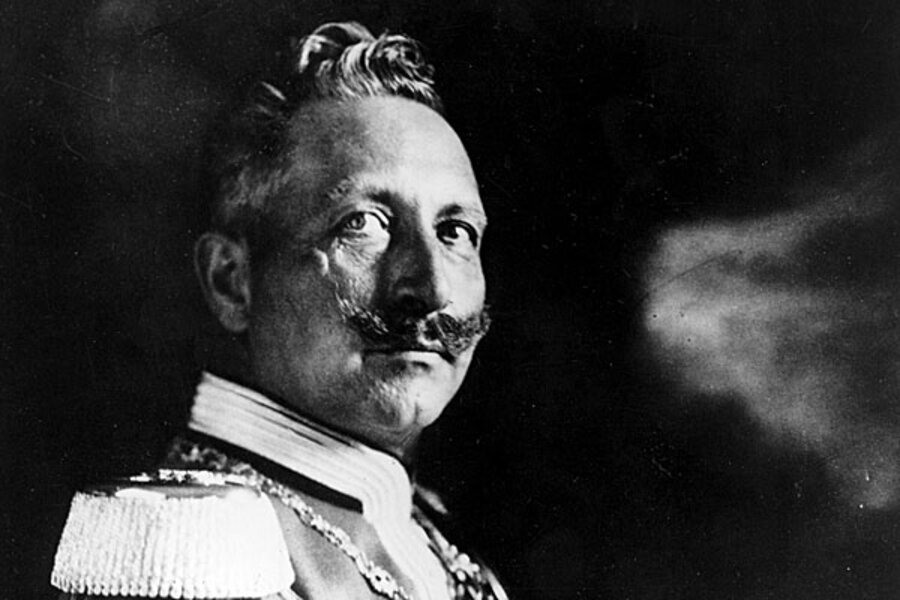Daylight saving time ends: Does it save energy?
Loading...
For most of us, the end of daylight saving time on Sunday, Nov. 3, (officially at 2 a.m.), means we get another hour of sleep, and an earlier sunrise.
Both are welcome.
But lately, the true raison d'etre of daylight saving time has been called into question: saving energy.
Benjamin Franklin ("early to bed, early to rise") is created with coming up with the idea of daylight saving time. But Kaiser Wilhelm II, Emperor of Germany, during World War I was the first to act on Franklin's idea, according to David Prerau, author of "Seize the Daylight: The Curious and Contentious Story of Daylight Saving Time."
Not wanting to be outdone by the Germans, the British and Americans also adopted the practice to save energy during World War I, and later again in World War II. Since WW II, daylight saving has been optional among US states. In fact, Arizona, Hawaii, American Samoa, Guam, the Northern Marianas, and the Virgin Islands don't observe DST.
Prerau notes that US Department of Transportation studies have shown that daylight saving time also reduces accidents, saving about 25 lives a year, and reduces crime.
But does daylight saving time really save energy?
Studies show mixed results. For example, The Christian Science Monitor reports that in Indiana, daylight saving time caused a 1 percent jump in electricity, according to a 2010 study. The energy saved from reduced lighting in the summer months was canceled out by an increase in the use of heating and air conditioning, the researchers from Yale University and University of California Santa Barbara said.
Most advocates cite a 2008 report to Congress by the Department of Energy which showed that total electricity savings from the extended daylight saving period amounted to 1.3 terawatt-hours, or 0.03 percent of electricity consumption over the year. That's a tiny number. But if electricity costs 10 cents per kilowatt, that means an estimated $130 million in savings each year. In 2011, the US consumed 3,856 billion kilowatthours (kWh), according to the US Energy Information Administration.
Since energy consumption is relative to outside temperatures, the benefits of daylight saving time are more pronounced in mild climates. The DOE study, for example, estimated that DST saves California about 1 percent of its energy bill daily.






